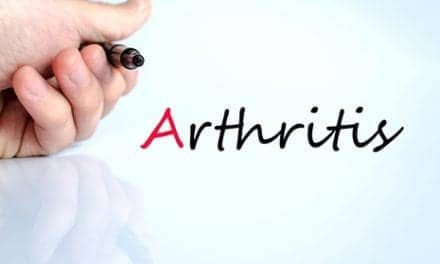Patients scheduled to undergo joint replacement procedures who met one-on-one with a physical therapist beforehand and had access to a web-based microsite met their physical therapy goals more quickly, according to a study performed at Hospital for Special Surgery (HSS).
The research was published recently in the journal, Clinical Orthopaedics and Related Research.
“After surgery, patients may be dealing with issues such as fatigue, discomfort or anxiety, and it may not be the most opportune time to give them information about the road ahead,” says Amar Ranawat, MD, an orthopedic surgeon at HSS and senior study author, in a media release from Hospital for Special Surgery.
“With the face-to-face information session and user-friendly website, they can receive and retain much of the information prior to surgery. Many patients feel more confident knowing what to expect,” Ranawat continues.
Ranawat adds that researchers are increasingly studying the feasibility of knee and hip replacement as outpatient procedures, and pre-operative education may be one way to prepare patients for earlier discharge.
In the study, researchers followed 126 patients who underwent knee or hip replacement for osteoarthritis between February and June 2015. All attended a group education class before surgery, the standard of care for patients scheduled for a joint replacement at Hospital for Special Surgery. They were then randomized into two separate groups. The mean age in both groups was 61.
In group one, 63 patients attended the one-on-one education session with a physical therapist about 2 weeks before surgery, in addition to the group class. After the session, they were given access to a customized website. The microsites were highly customized to each procedure. Accessible on computers, cell phones and tablets, the sites provided detailed information on precautions after surgery, exercises, ambulation, and activities of daily living through videos, pictures and text.
The control group of 63 patients attended the standard group class and received a booklet about what to expect after joint replacement. They received no further education, the release explains.
Researchers analyzed how quickly patients achieved physical therapy goals after surgery; how long they were in the hospital; and how they were progressing 4 to 6 weeks after joint replacement in terms of pain, stiffness, and physical function.
Patients with access to one-on-one education and the microsite achieved physical therapy goals more quickly after surgery. They needed fewer physical therapy sessions in the hospital (3.3 sessions) versus the control group (4.4 sessions). The group receiving one-on-one education also met PT discharge criteria sooner (1.6 days versus 2.7 days for the control group).
This included the ability to get in and out of bed, walk with or without an assistive device about 150 feet, and go up and down stairs independently. Researchers found no difference in pain and function 6 weeks out from surgery.
Hospital length of stay was the same for both groups, the release continues.
Researchers found, per the release, that every patient granted access to the microsite used the platform at least once during the surgical process. In addition, 100% of these patients said they would recommend the microsites to all individuals having joint replacement.
[Source(s): Hospital for Special Surgery, EurekAlert]





